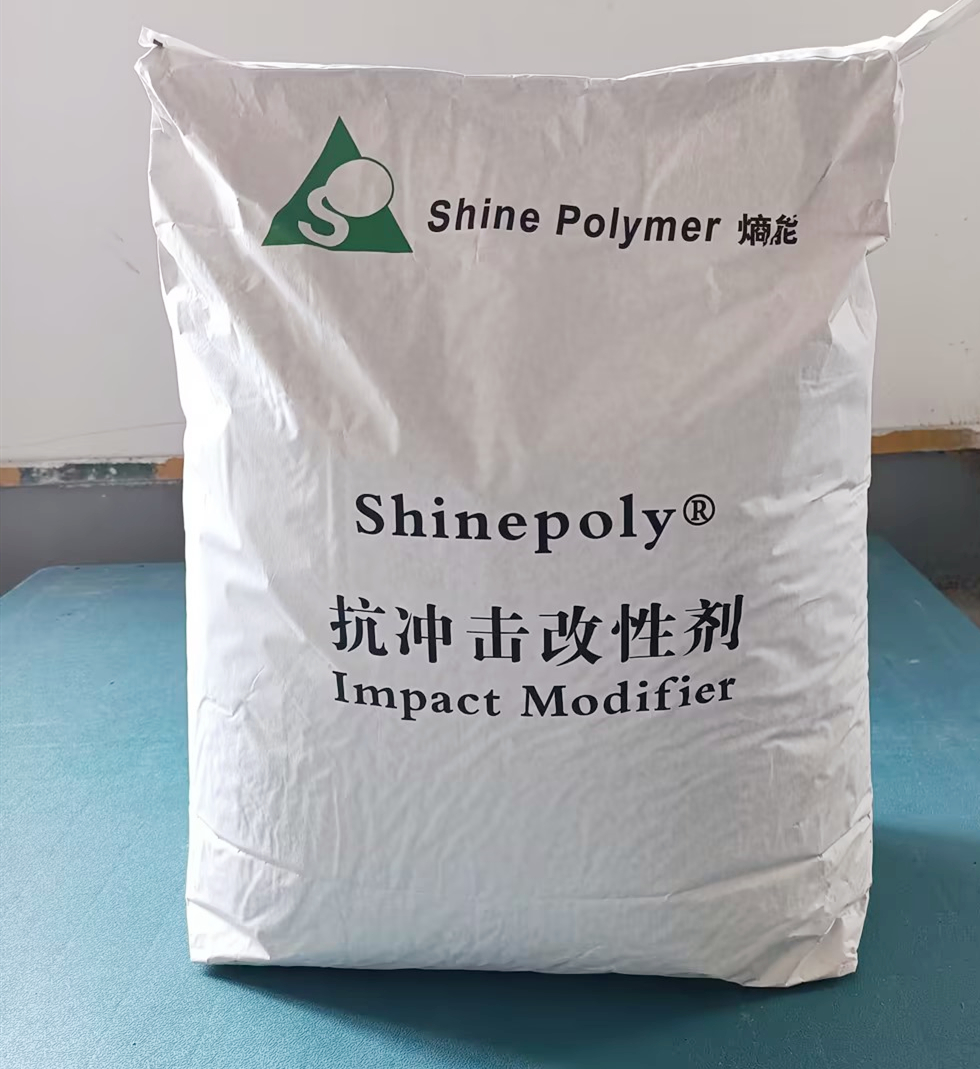Understanding Acrylic Processing Aids
Acrylic processing aids serve as essential materials that enhance the performance and processing of polymer blends. These sophisticated agents mitigate issues associated with viscosity and flow, effectively reducing the friction encountered during processing operations. Their primary utility lies within the realm of thermoplastic applications, where they significantly improve the elasticity and to some extent, the durability of the final products. Industries that adopt these processing aids witness improved processing efficiency, better product quality, and enhanced molding capabilities. Thus, organizations can reduce scrap rates while ensuring a more consistent product outcome. For a deeper insight into the offerings in this domain, one may explore the benefits of acrylic processing aids.

Real-world Applications of Polymer Modifiers
Within the expansive field of plastics manufacturing, polymer modifiers play a crucial role in customizing material properties. By selecting the appropriate modifiers, manufacturers can fine-tune attributes such as adhesion, flexibility, and thermal stability to meet specific requirements. Take for instance the production of window profiles; by integrating suitable polymer modifiers, manufacturers can enhance the weatherability and longevity of the profiles, thus addressing common concerns regarding degradation and performance under harsh environmental conditions. Furthermore, polymer modifiers can also revolutionize adhesion processes, enabling better bonding in composite materials which is particularly beneficial in automotive and aerospace applications. These tailored solutions ensure that manufacturers remain competitive in an ever-evolving market.

Advantages of Polymer Modifiers in Production
The implementation of polymer modifiers not only fosters the creation of diverse plastic products but also optimizes operational efficiencies. They aid in ameliorating the compatibility of polyolefin resins with other materials, leading to synergistic performance improvements. For example, in the creation of multi-layer packaging films, the inclusion of specific polymer modifiers can enhance seal integrity while simultaneously improving elasticity. This results in reduced waste during production and maximizes the yield of high-quality products. Furthermore, manufacturers are able to adapt their processes to reduce energy consumption owing to the enhanced flow characteristics imparted by these modifiers. Such advancements directly contribute to achieving sustainability goals without compromising production efficacy.
Conclusion: The Value of Shine Polymer
Shine Polymer emerges as a prominent player in providing high-quality acrylic processing aids and polymer modifiers that cater to diverse industrial needs. With distinct supply advantages, they ensure that manufacturers receive timely access to materials that significantly elevate their processing capabilities. The commitment to quality, combined with innovative solutions, positions Shine Polymer as a favorable choice in the market. Companies looking to improve their production efficacy should consider partnering with Shine Polymer for their next project, harnessing the benefits of top-tier processing aids and modifiers to achieve superior results.